Description
yalmakany marawili
Linocut
Image Size: 57 x 41.5cm; Paper Size: 73 x 56.3cm; Paper: BFK Rives
Year: 2024
ID: 3753-24
Harvesting at Gurruŋanydji
This work is an example of a phase where the artist was influenced by her mother Mulkun Wirrpanda who of her own motion explored lesser known plant species which she feared were being forgotten by younger generations. This coincided with artist John Wolseley’s interest in returning to Yilpara (after he had met Mulkun during the Djalkiri project of 2010) and the two spent an extended period exploring the botany of Blue Mud Bay.
Mulkun wanted to renew the knowledge of these plants because when she was young this is the food that she grew up on. In those days old people lived for a long time without illness. Yalmakany went with Wolseley in an art/botanical discovery tour and her sister Gurrundul and their mother Mulkun in May 2012 and continued to advocate plant knowledge as a senior ranger with Yirralka Rangers.
This print shows her in her home country of Gurruŋanydji near Yilpara harvesting Ganguri
Below is the Yolŋu dictionary for this plant:
Meaning: Yam (collective term) Long Yam – found in monsoon rainforest, can be eaten raw or cooked.
Dioscorea sativa var. elongata, Vigna radiata.
A synonym of ganguri is: baḻŋunda, bäḻtji, gulaka, gawatha, maṉmunda see maṉmuŋa.
Language note: D
Part of speech: n
Moiety: Dhuwa
The Ganguri is the vine wrapped around the tree which is Butjiriŋaniŋ.
Litsea glutinosa (Lour.) C. B. Robinson, belonging to the family Lauraceae, is a multipurpose and fast-growing evergreen or deciduous tree that has been traditionally used for numerous purposes such as treatment for diarrhea, dysentery, abdominal pain, indigestion, gastroenteritis, edema, traumatic injuries, colds, arthritis, asthma, diabetes, pain relief, and poignant sexual power.
Butjiriŋaniŋ is a plant that grows in the jungle. We collect the leaves and we smash them with a rock then boil them in hot water to make medicine. Sometimes we just put the leaves in the boiling water without smashing them. When the boiling water goes green we take the mixture straight to the bath or basin and use it to wash in. We pour some of the butjiriŋaniŋ medicine into a cup for drinking, and we also use it for ear drops

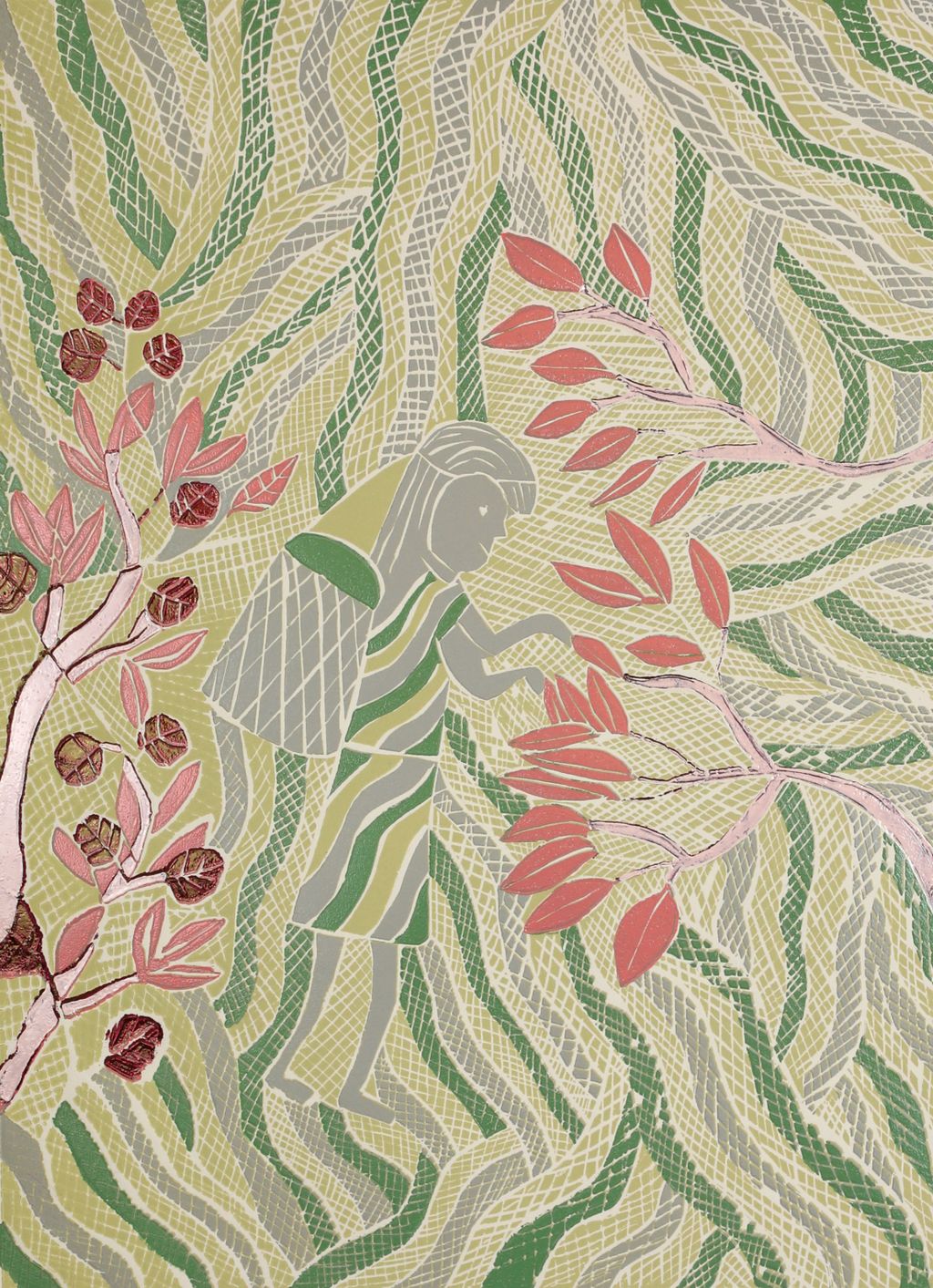
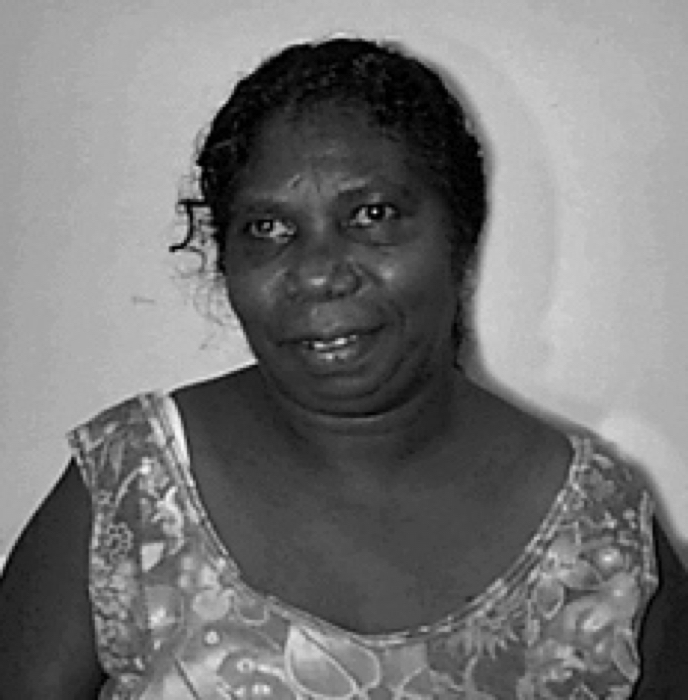
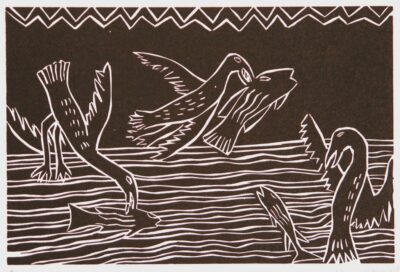
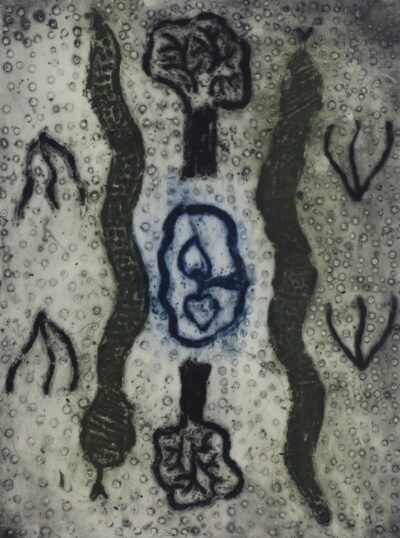
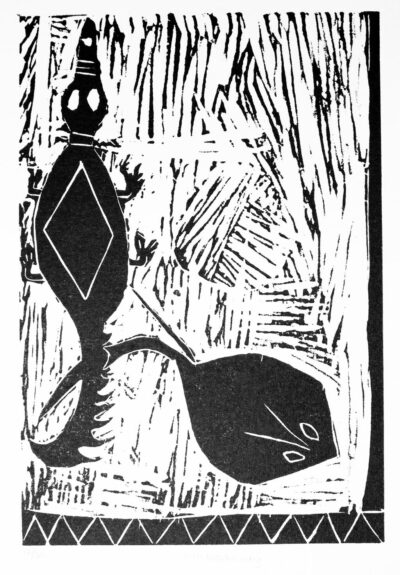
Reviews
There are no reviews yet.